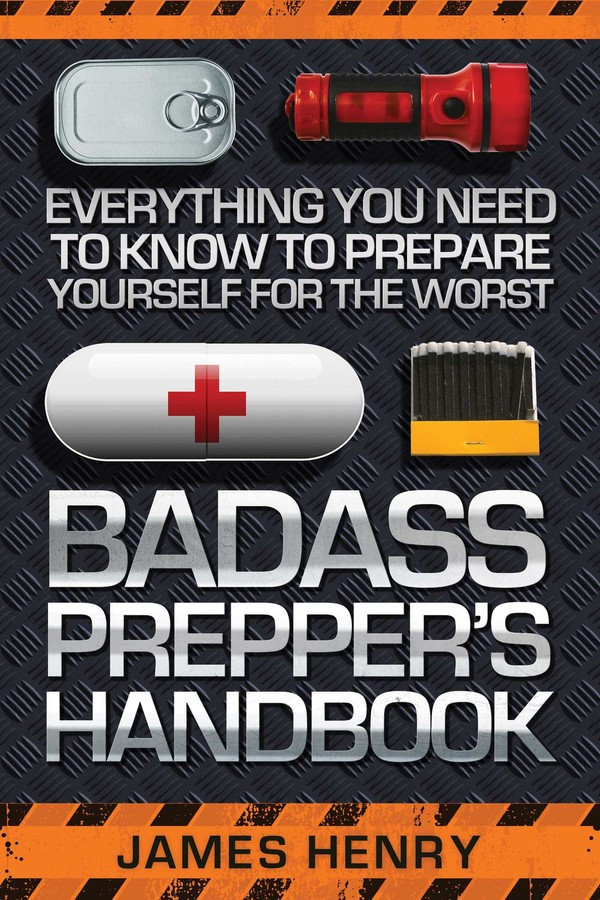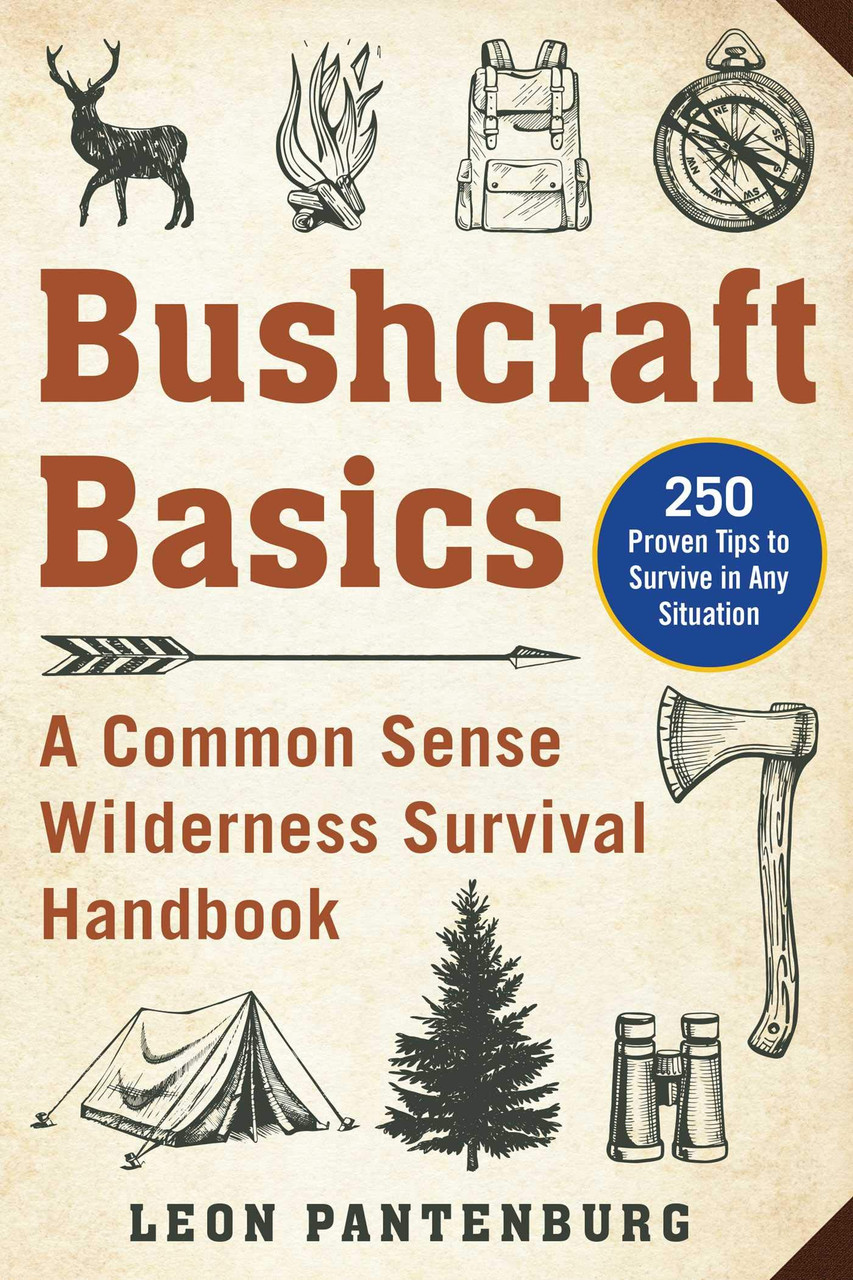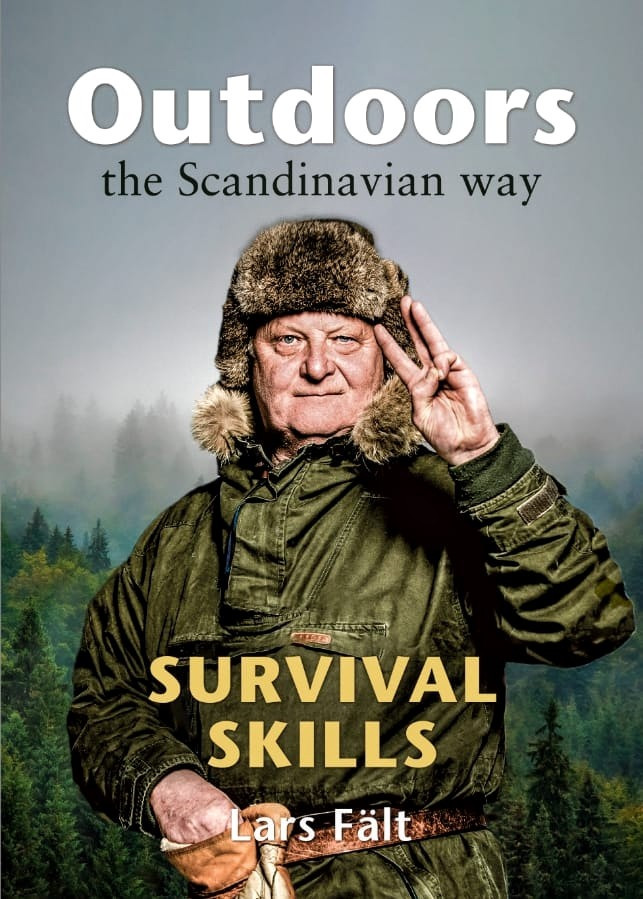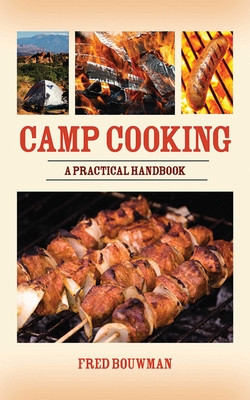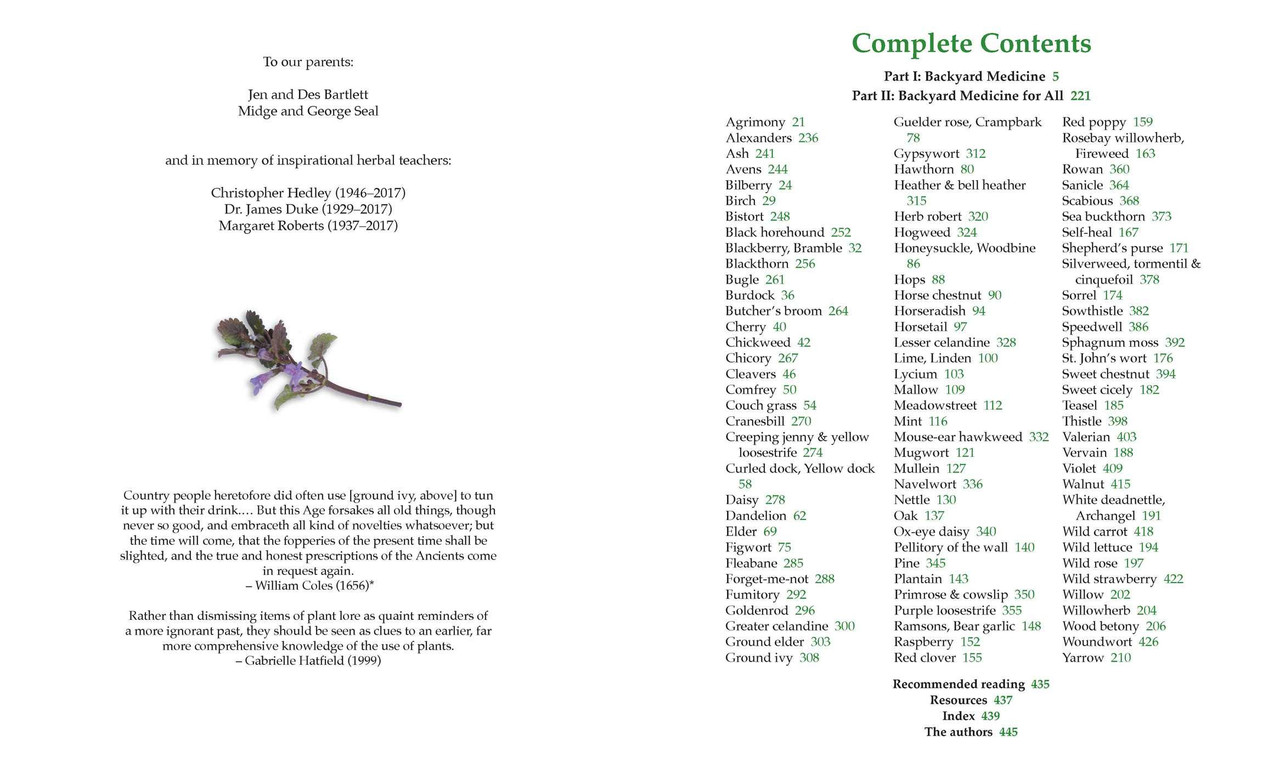| Content | The ancient art of trapping goes back centuries, almost to the beginning of civilization. Native Americans used the pit trap, deadfalls, and snares, the Chinese documented the use of nets and pits in the fourth century BCE, and virtually every civilization can exhibit some example of the use of a trap in one form or another to procure meat, hides, or fur. The fur trade across Europe was dominated by the Russians, which provided furs to the greater part of Western Europe and Asia during the Middle Ages, which prompted the exploration of Siberia and its game rich forests. In North America, trapping was one of the primary reasons why settlers pushed West, taking advantage of the bountiful game across the continent. Fur was used not only for coats, hats, and mittens, it was used as a form of barter.
The taking of a fur-bearing animal was and is a big accomplishment, as fooling a crafty animal on its home territory is no easy feat. In Trapping 101, veteran trapper Phil Massaro reveals all the secrets of the trade, from knowing where to set traps, to understanding and using various types of traps, to properly using scents. Tips and tactics for taking beavers, muskrats, weasels, raccoons, skunks, otters, and more are all covered. While there is a wealth of information in here for beginners, information that will help them pick up trapping with relative ease, there are many subtle tips and tricks that even a veteran trapper will appreciate.
Times have, of course, changed since the days of the voyageurs and rendezvouses. There are many more people in this modern world, many more dwellings, many more towns and cities. But there is a place for trapping in all this, just as there are places for hunting and fishing. A knowledgeable trapper, following game rules and respecting the animals he is trying to trap, fits right into the grand scheme of Mother Nature existing in harmony with humankind. This book will help you achieve that.
| Disaster can strike at any time with no warning. Most people aren’t forward-thinking enough to prepare for the worst, and others simply don’t have the skills needed to successfully prepare. That’s where Badass Preppers Handbook comes in. Covering a wide variety of disaster scenarios with detailed instructions for what you need to do in each one, this book will help you to be ready for anything in no time at all. Learn such things as:
How to fortify your home
How to preserve and store food and water for years
What should go in your bug-out” bag
How to cook off the grid
What firearms and ammo will best help you survive the apocalypse
And more!
With this ultimate guide in disaster survival, you’ll be ready to protect yourself, your family, your neighbors, and your pets, no matter what the disaster is.
| In Bushcraft Survival, Pantenburg delivers practical tips and anecdotes that cater to readers who are looking to improve their outdoor skills and prepare for every potential disaster. Drawing from his personal experience as an avid outdoorsman and years as a journalist, Pantenburg lays out easy-to-follow steps to prep for both short and long-term survival situations.
As natural disasters become increasingly present and people continue to rely on reality television shows for survival tips, developing bushcraft abilities is becoming more and more important. In this thorough handbook, Pantenburg covers a wide range of topics, including:
- Developing a survival mindset
- Crafting survival kits
- Choosing clothing best suited to survival
- Picking materials and objects to help you survive
- Building a variety of shelters
- Deciding what survival tools you should pack and which you should leave at home
- Effectively make a fire using different techniques
Filled with time-tested techniques and first-hand experience, Bushcraft Survival is the ideal book for those who want to step up their hiking or camping game, as well as those who are searching for relevant advice on emergency preparedness.
| Features of Pocket Guide to Emergency First Aid from Pocket Guides Publishing:
- Sections dealing with all kinds of medical emergency situations
- Great companion guidebook to the Pocket Guide to Outdoor Survival
- Spiral binding lets pages lay flat for easy reading in the field
- Side tabs let you find the right chapter quickly
- Fully waterproof (tested by soaking in water for months on end), and astonishingly durable - dirt-proof, tear-proof, wind-proof, kid-proof.
- Pages are made of specially formulated, heat-treated, PVC plastic - polished, resin-coated polyvinylchloride polymer). Pages feature:
- Bright white printing surface - all printing is clear and precise
- Virtual indestructibility - the pages can't rip or tear, and the corners won't bend over
- Flexibility - pages can bend without breaking
- Washable surface - just wipe clean after use or wash in water
- Steel rule die cut with polished edges - the corners won't poke you while in your hand or in your pocket, as often happens with plastic printed materials
- Will not warp, fade or deteriorate. (Keep out of direct sunlight for prolonged periods - nothing can prevent the sun's ultraviolet rays from "yellowing" any kind of paper or plastic. Under normal conditions it will take years of use for these Pocket Guides to "yellow", and even then they will remain clear and perfectly readable!)
| Just when you thought it was safe to go back into the wilderness!
- Survival is a specialist field in the world of outdoors skills both practical and mental. Something that becomes more relevant with each passing year as we become more and more detached from the natural world – even those of us with a love of the outdoors.
- What would you do if the worst happened? How would you find your way back if you were lost? Could you survive several days in the wilds, without contact with the outside world ?
- These questions and more will be answered within the pages of this book.
- Outdoors the Scandinavian Way – Survival Skills contains a wealth of practical information, from how we can use the skills and knowledge of indigenous peoples to help us hone our survival skills, to how to build shelter, make fire, procure safe, drinkable water, obtain food, and how to use certain edible plants.
- This is a must read book by one of the world’s great outdoor experts.
| As consumerism and a meat-heavy, processed diet become the norm and the world's population continues to grow at an exponential rate, more and more people are looking toward a more sustainable path for food. Authors Douglas Boudreau and Mykel Hawke believe that the future of food lies in the wild foods of times spanning back to before the mass-agriculture system of today.
People have become distanced from the very systems that provide their food, and younger generations are increasingly unable to identify even the trees in their backyards. In response, Boudreau and Hawke have provided a compendium of wild edible plants in North America. Foraging for Survival is a comprehensive breakdown of different plant species from bearded lichen to taro, and from all over the United States. There are also tips for growing local native plants in the backyard to facilitate learning and enhance table fare at home. Other information you'll find inside:
- A list of different types of edible wild plants
- Foraging techniques
- Bugs and other grubs that can be consumed
- Warning signs of poisonous plants
- And much more!
Whether you're a hiker taking a walk through your local wilderness, or chef looking for new ingredients to incorporate in your dishes, Foraging for Survival is the book for you!
|

